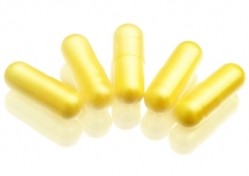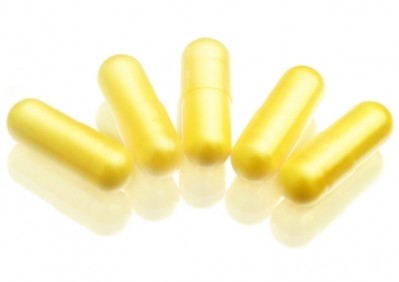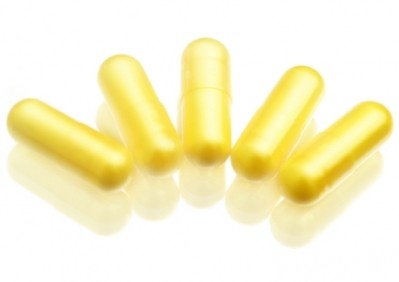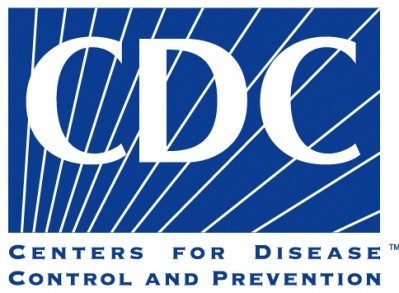Researchers report ‘concerning’ decline in food-based vitamin D intakes

The results of the survey – said to be the first to evaluate food-based intakes of the sunshine vitamin – indicate that vitamin D intake from food has dropped 15% from the early 1980s to 2007-2009.
Researchers from the University of Minnesota point to changes in dietary habits, noting the downward trend in fluid milk consumption over the past 20 years.
“Because milk is one of the predominant food sources of vitamin D in the United States, it can be speculated that vitamin D intake from food sources has likewise been on the decline,” they wrote in the Journal of the American Dietetic Association.
Sales increases
Vitamin D supplement sales have been rocketing in the US following increased media attention, including mentions by Oprah Winfrey. Euromonitor said vitamin D sales have grown from $141.1m in 2005 to $366.3m in 2009, using 2009 prices as a base.
However, supplements are only consumed by those who choose to purchase them, and consumption via fortified staples such as milk is touted to offer a better route to increased intakes of the vitamin.
Earlier this year, renowned vitamin D researcher, Michael Holick PhD, MD, Professor of Medicine at Boston University Medical Center and co-author on the new analysis, told NutraIngredients-USA.com that the most realistic approach to boosting the nation’s intake of vitamin D is for food manufacturers to increase the dose of vitamin D per serving.
For the moment, food is not providing sufficient intakes for the US population, according to the new survey results.
“Because this is the first study to examine trends in vitamin D intake from food sources in a population-based sample of adults, it is not possible to corroborate these findings with those of others,” wrote the researchers.
“It is interesting to note though that study findings are somewhat consistent with reported trends in the serum 25-hydroxy vitamin D status of the US population.”
Study details
The Minnesota-based researchers based their conclusions on data from the Minnesota Heart Survey. Data was collected every couple of years between 1980 and 2009.
Results showed that the average intake for men in 1980-1982 was 7.24 micrograms per day, and this had decreased to an average 6.15 micrograms per day by 2007-2009. Similar trends were seen in women, with a decrease from 4.77 micrograms per day in 1980-1982 to 4.53 micrograms per day in 2007-2009.
“This is a concerning trend given that close to one third of the population has serum 25-hydroxyvitamin D values that put them at risk for inadequacy or deficiency,” wrote the researchers.
“Further research is needed to identify specific changes in eating habits that may be contributing to declining vitamin D intake from food sources.”
The vitamin
Vitamin D refers to two biologically inactive precursors - D3, also known as cholecalciferol, and D2, also known as ergocalciferol. The former, produced in the skin on exposure to UVB radiation (290 to 320 nm), is said to be more bioactive.
Both D3 and D2 precursors are hydroxylated in the liver and kidneys to form 25- hydroxyvitamin D (25(OH)D), the non-active 'storage' form, and 1,25-dihydroxyvitamin D (1,25(OH)2D), the biologically active form that is tightly controlled by the body.
While our bodies do manufacture vitamin D on exposure to sunshine (UV-B radiation with a wavelength between 290 and 315 nm), the levels in some northern countries are so weak during the winter months that our body makes no vitamin D at all, meaning that dietary supplements and fortified foods are seen by many as the best way to boost intakes of vitamin D.
The effects of deficiency
Vitamin D deficiency in adults is reported to precipitate or exacerbate osteopenia, osteoporosis, muscle weakness, fractures, common cancers, autoimmune diseases, infectious diseases and cardiovascular diseases. There is also some evidence that the vitamin may reduce the incidence of several types of cancer and type-1 diabetes.
Source: Journal of the American Dietetic Association
September 2011, Volume 111, Issue 9, Pages 1329-1334
“Trends in Vitamin D Intake from Food Sources among Adults in the Minneapolis-St Paul, MN, Metropolitan Area, 1980-1982 through 2007-2009”
Authors: L.J. Harnack, L. Steffen, X. Zhou, R.V. Luepker
















